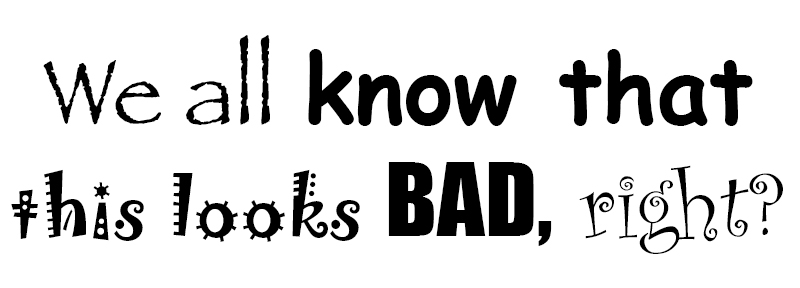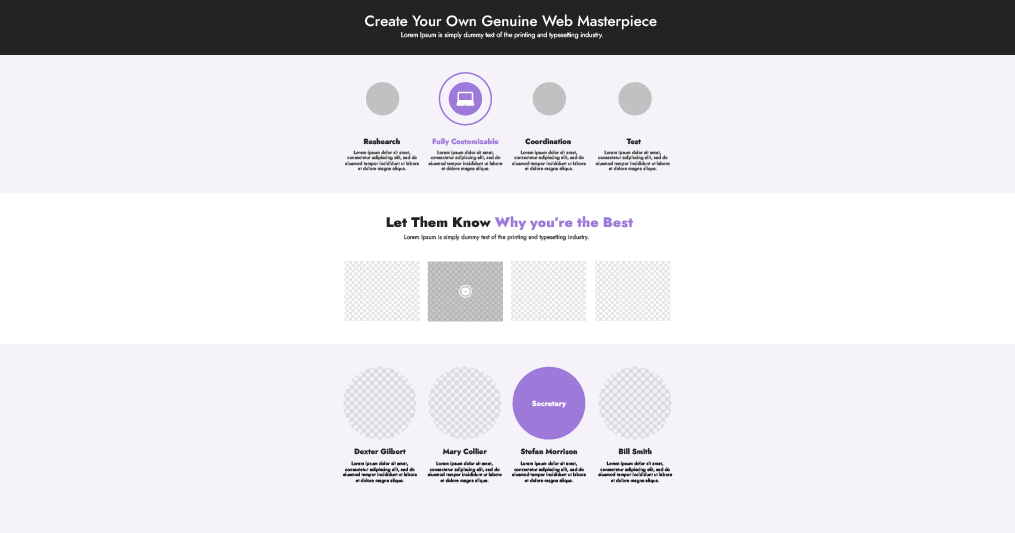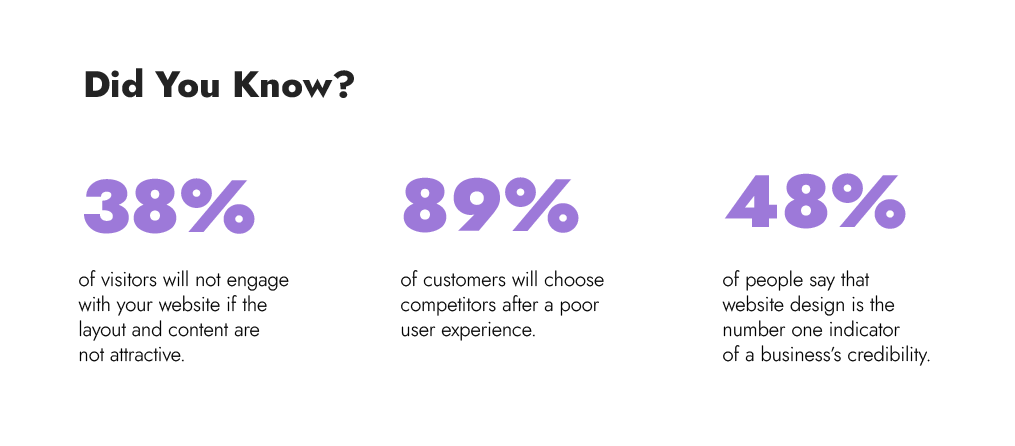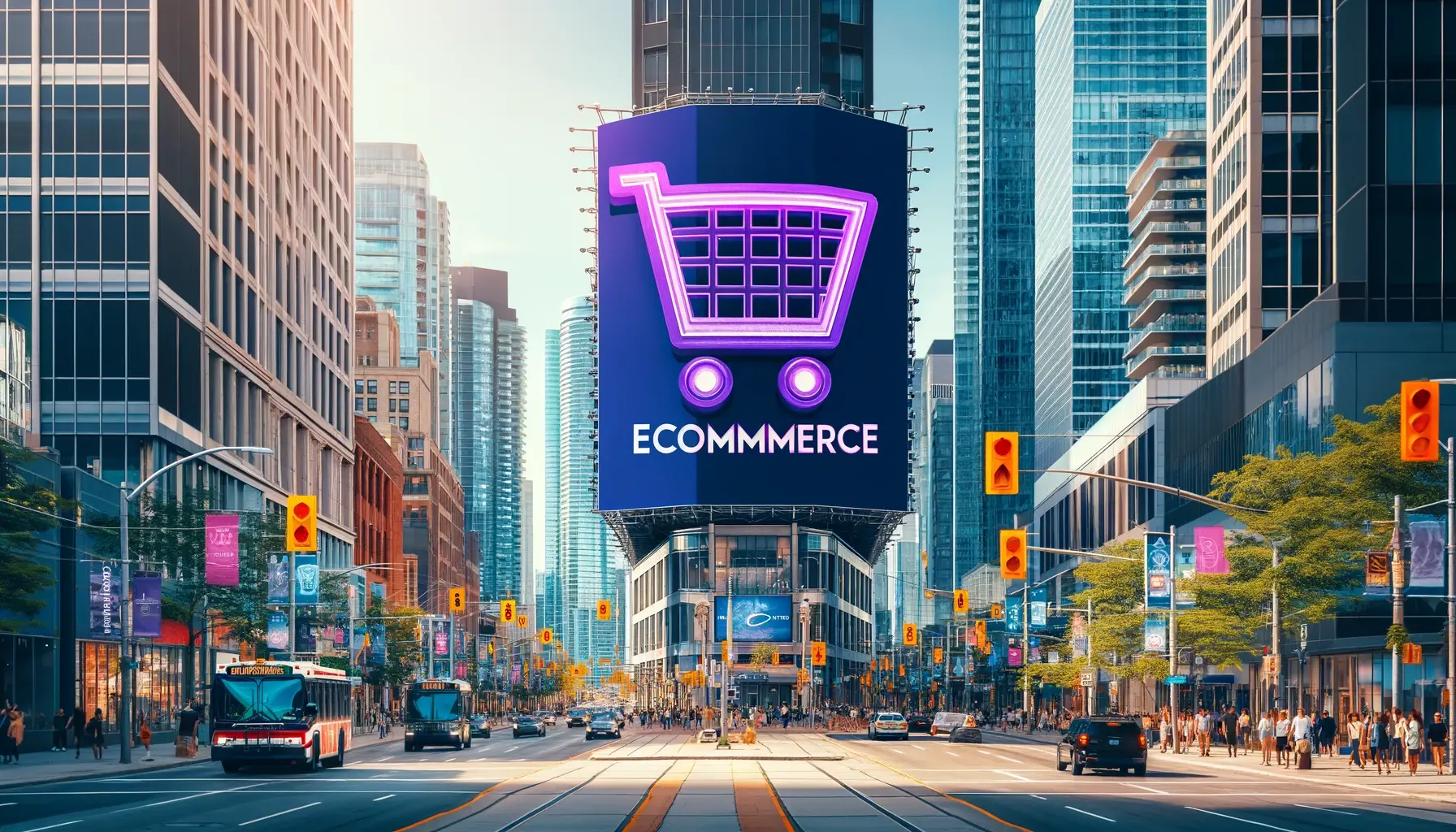In the world of digital marketing, web design and content marketing go hand in hand.
Imagine if your website was a house. You can have all the best furniture and appliances inside, but if the exterior is uninviting and poorly designed, nobody would want to step inside. The same goes for your website design and content marketing efforts. Believe it or not, your website design can significantly impact your content marketing strategy. In this article, we’ll explore how the two can work together to increase user engagement and drive conversions.
The Importance of Web Design in Content Marketing
The way a website is designed has a huge impact on how its content is perceived by users. A website with poor design can make even the best content hard to read and find, while a website with a good design can help users engage with the content and lead them to conversion. Therefore, web design and content marketing need to work hand in hand for an effective digital marketing strategy.
Content is king, but design is the queen that rules the kingdom. The way your content is designed can make or break its effectiveness. It’s not just about making it look pretty, it’s about creating an experience that engages your audience and guides them through your website.
The design of a website impacts how users perceive the content and how they interact with it. A website with poor design can drive users away, while a website with a good design can keep them engaged.
 How Web Design Impacts Content Marketing
How Web Design Impacts Content Marketing
Let’s explore the impact of web design on content marketing:
Visual Appeal
Visual appeal is one of the most critical aspects of web design, and it can significantly impact your content marketing efforts. A visually appealing website can capture your audience’s attention and make them more likely to stay on your site and engage with your content. On the other hand, a poorly designed website can turn visitors away and hinder your content marketing efforts.
Visuals (e.g. images and videos) help to break up long blocks of text, make content more engaging and can convey information quickly and effectively. Here are some reasons why visuals are important in content:
- Attract Attention: Visuals, such as images or videos, are eye-catching and can help to grab the viewer’s attention. When used effectively, they can draw people in and encourage them to engage with the content.
- Increase Engagement: Visuals can increase engagement by making content more interesting and enjoyable to consume. People are more likely to read, share, and comment on visually appealing content.
- Improve Comprehension: Visuals can help to explain complex ideas or concepts quickly and effectively. For example, an infographic can convey information in a visually appealing and easy-to-understand format.
- Create Emotional Connection: Visuals can create an emotional connection with the viewer, making content more memorable and impactful. For example, a powerful image can evoke an emotional response, helping the viewer to connect with the message being conveyed.
- Enhance Branding: Visuals can be used to reinforce brand identity and help to create a cohesive brand image. Consistent use of colors, fonts, and imagery can help to establish brand recognition and reinforce brand messaging.
Readability of Text
Web design can play a critical role in improving the readability of text on your website. By optimizing your website’s typography, layout, and overall design, you can make it easier for visitors to read and engage with your content.
One key factor in improving text readability is choosing the right font. Different fonts have different characteristics, such as serif or sans-serif, bold or light, and narrow or wide. By selecting a font that is easy to read and appropriate for your content, you can enhance the overall readability of your text.

Digi-Tip: Using different font sizes and styles can help to create a clear and effective visual hierarchy.
In addition to font selection, other design elements such as line spacing, paragraph length, and text alignment can also impact readability. By ensuring that your text is well-organized and easy to follow, you can make it easier for visitors to read and engage with your content.
Another important consideration is the use of whitespace. By incorporating whitespace into your website design, you can create a more open and visually appealing layout, which can help to improve readability and engagement with your content.
Better User Experience (UX)
User experience is another crucial aspect of web design that can impact your content marketing efforts. A website with a poor user experience can frustrate visitors and make it difficult for them to find the information they need. A well-designed website, on the other hand, can enhance the user experience and make it easier for visitors to navigate your site and engage with your content.
A website that has a complex and perplexing navigation system can create challenges for visitors, making it difficult for them to locate the information they require. In contrast, a well-designed website with clear and user-friendly navigation ensures that visitors can easily find the content they are seeking and fosters a pleasant and seamless experience with your brand.
Engagement
Without responsive web design, you can say bye to an engagement. Why? Let’s say you want to create a landing page. Except for writing high-quality content, you also need a user-friendly landing page design. Landing pages are designed to convert visitors into leads or customers by encouraging them to take a specific action, such as filling out a form or making a purchase.
The design of your landing page can greatly impact its effectiveness. A well-designed landing page should have a clear call-to-action, a simple layout, and minimal distractions. Visual storytelling is also an effective way to engage your audience and guide them toward your call to action. So, content without design is pointless, and vice versa.
Website Accessibility
Website accessibility is becoming increasingly important, not just for SEO purposes but also to ensure that your website is inclusive to all users. Accessibility refers to designing your website so that it can be used by people with disabilities.
Designing for accessibility means using contrast to make the text more readable, providing alternative text for images, and making sure that your website can be navigated using a keyboard. By designing for accessibility, you’ll not only improve the user experience for people with disabilities, but you’ll also improve the user experience for all visitors.
So, whether you write content for your blog or pages of your E-commerce website, you cannot neglect the importance of creating blog design and e-commerce design.
How to Combine Web Design with Content Marketing
Here are step-by-step tips on how to make web design and content marketing work together in harmony:

1. Define your audience
- Decide who your target market is and learn about their requirements, interests, and problems.
- Develop buyer personas to create a clear picture of your ideal customer.
2. Develop a content strategy for your website
- Determine your content goals and how they align with your web design objectives.
- Research your audience and create a content plan that addresses their needs and interests.
- Plan the format, frequency, and distribution channels for your content.
3. Consider SEO copywriting
- Conduct keyword research, then strategically include them into your text.
- Optimize your content titles, descriptions, and tags for search engines.
- Use internal linking to connect related content and improve website navigation.
4. Design for user experience
- Create a website design that is easy to navigate, visually appealing, and responsive to different devices.
- Incorporate high-quality images, videos, and infographics into your content to make it more engaging. If images are not optimized, they can slow down the website, negatively impacting the user experience. There are several best practices for image optimization that web designers and content writers should follow. First, images should be compressed to reduce their file size without compromising their quality. Second, images should be properly named using descriptive and relevant filenames that include relevant keywords. Third, alt tags should be added to images to provide text descriptions for users who cannot see the image, such as those using screen readers. Finally, the size and resolution of images should be optimized for the web.
- Use visual hierarchy to create a clear content structure and guide the user’s attention. Ensure that your website design supports your content strategy and the user journey.
5. Measure your results
- Use analytics tools to track your website traffic, engagement rates, and conversion rates.
- Analyze the effectiveness of the content and change your strategy as necessary.
- Use A/B testing to experiment with different website designs and content formats to optimize your results.
To maximize the potential of your digital content marketing strategy, you need to ensure that your website is designed in a way that complements your content. By optimizing images and creating a website that is visually appealing and user-friendly, you can attract and engage your target audience, build brand awareness, and ultimately drive conversions.


 How Web Design Impacts Content Marketing
How Web Design Impacts Content Marketing

